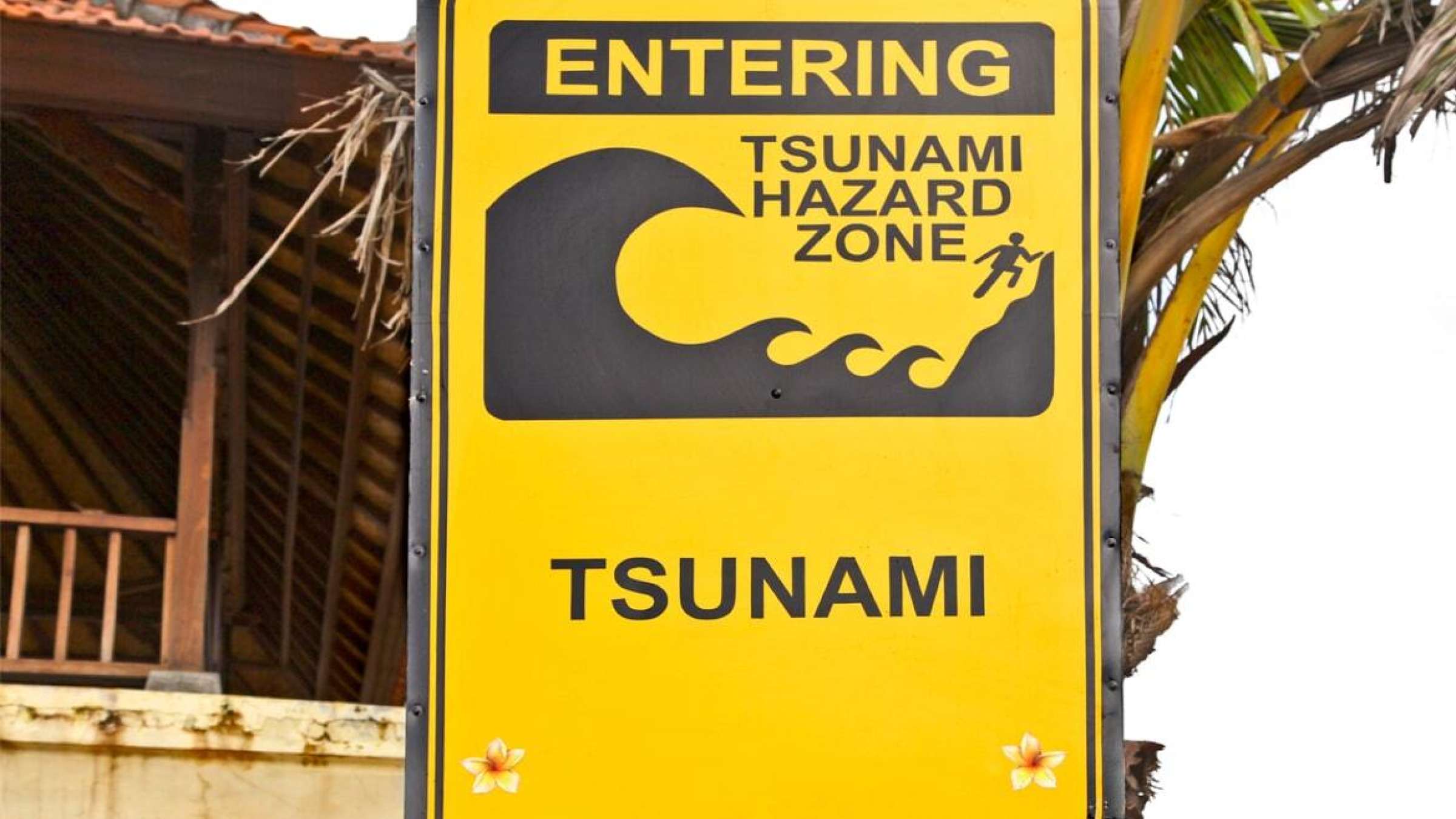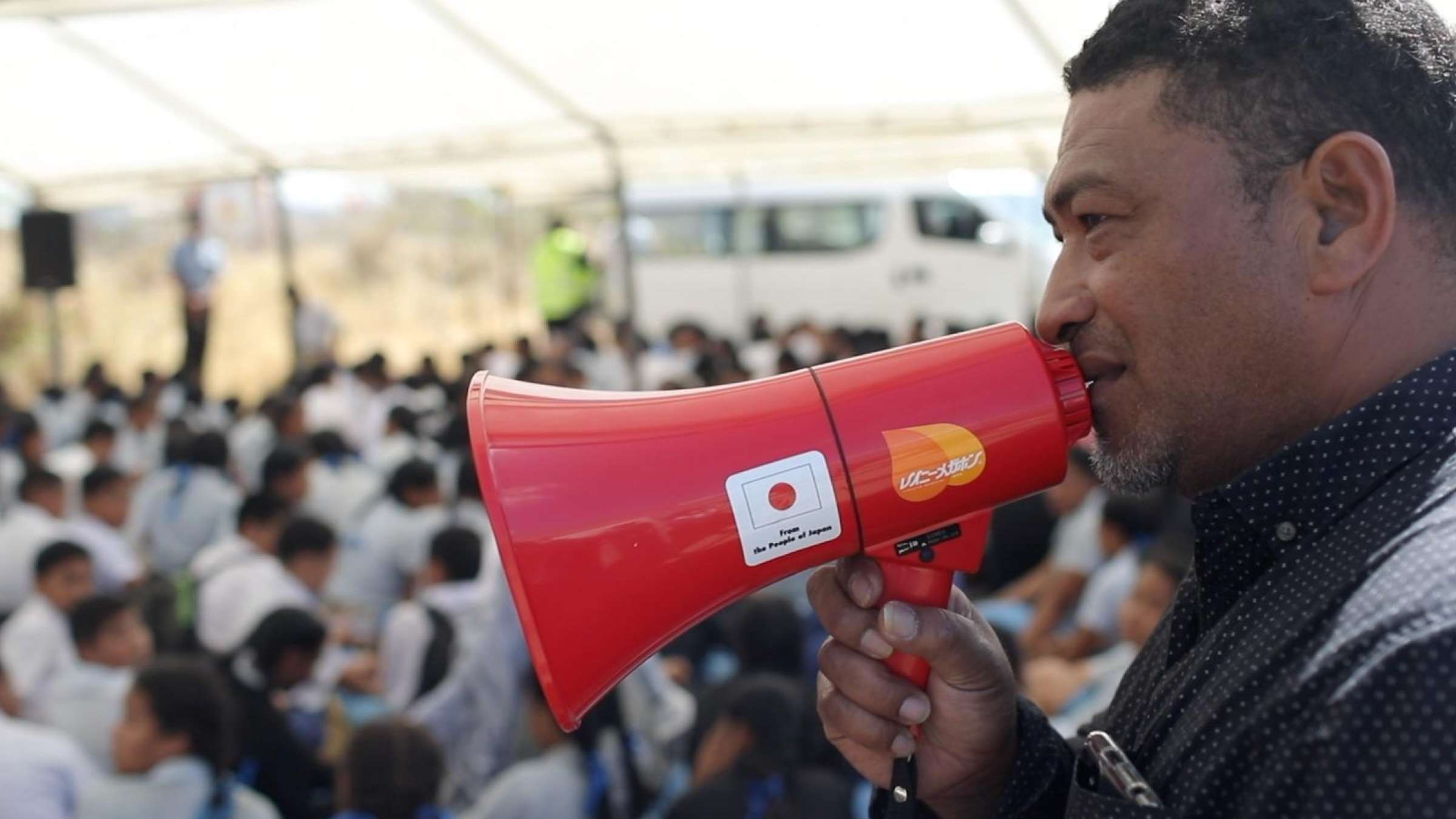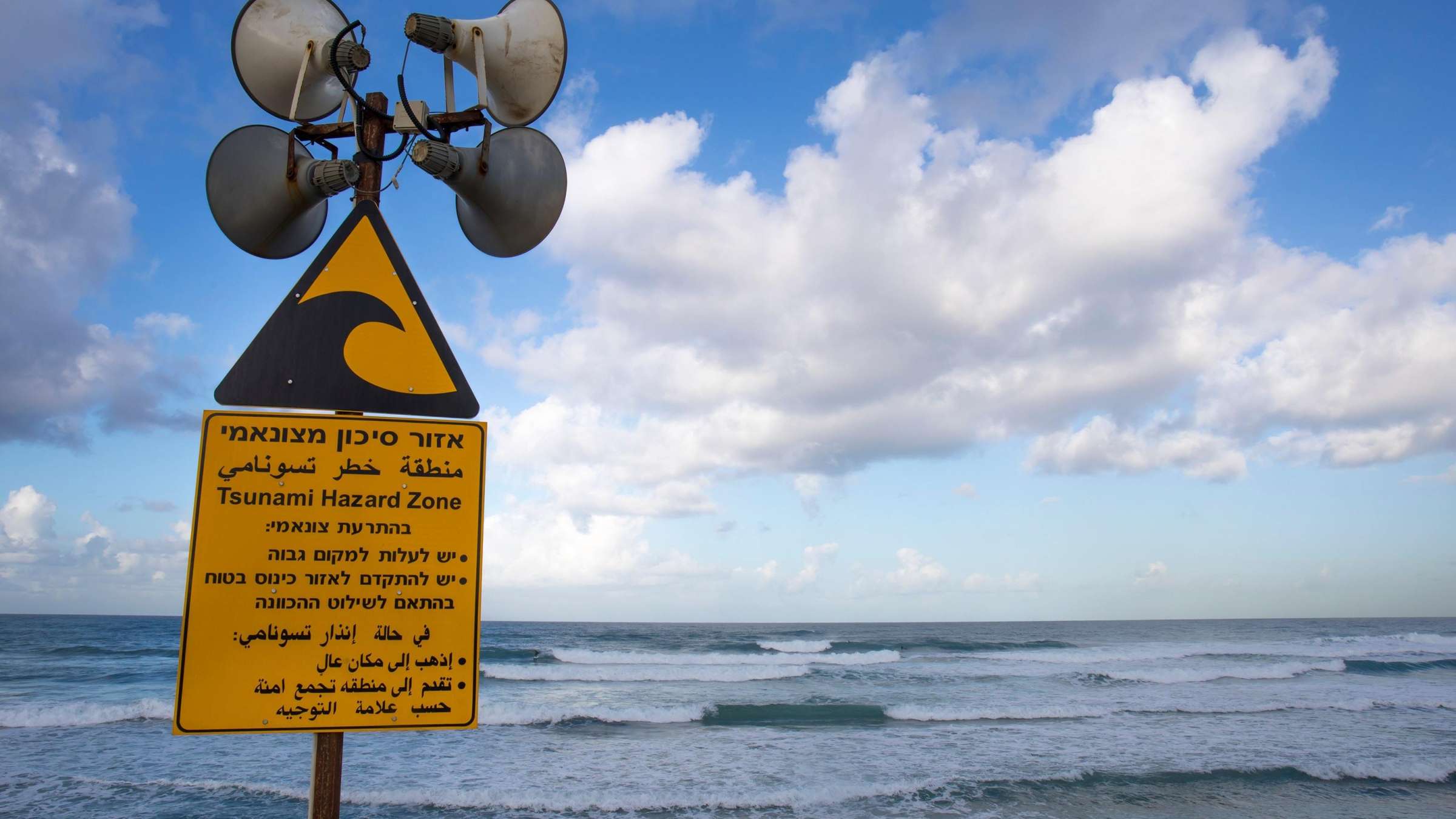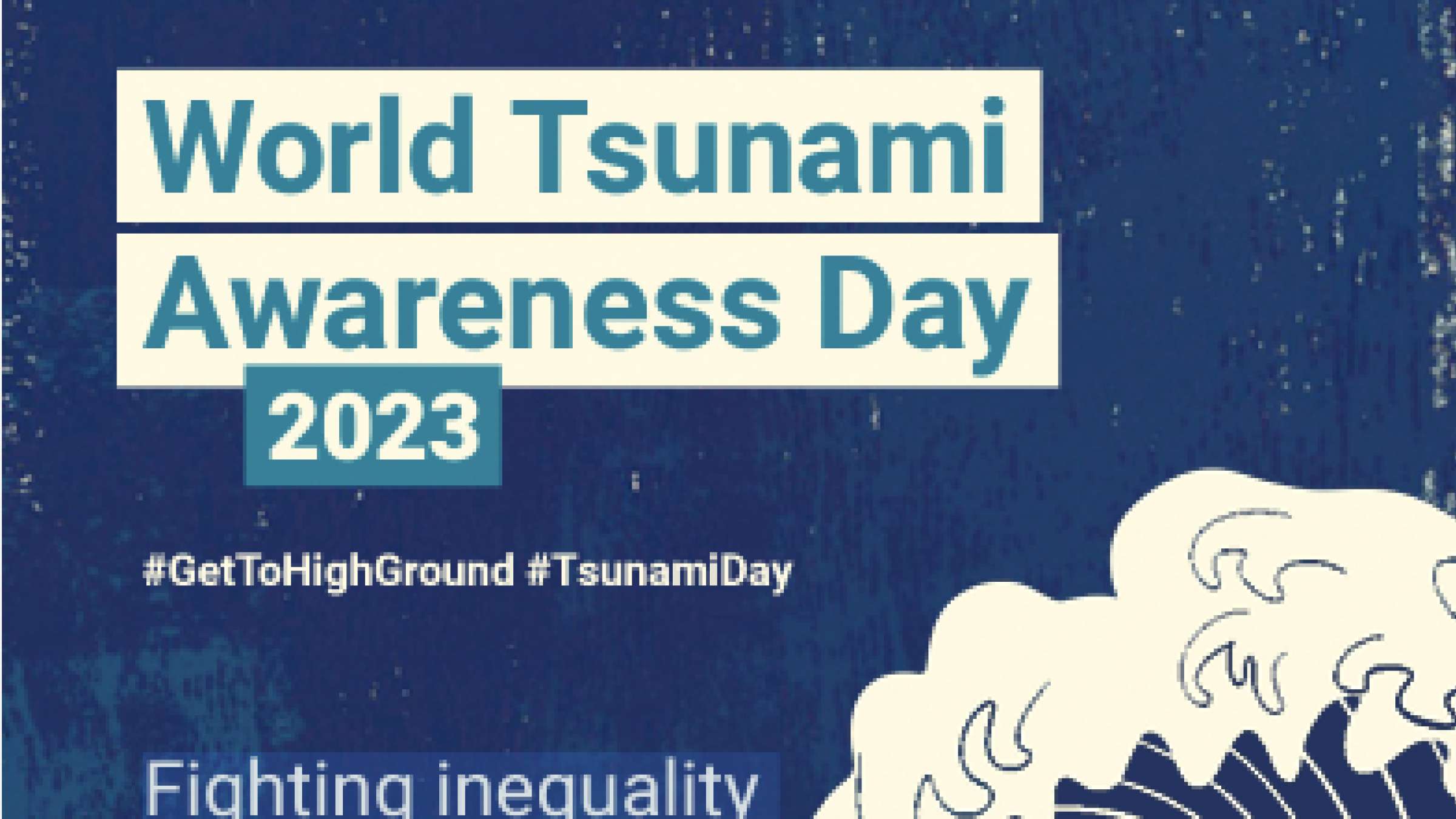World Tsunami Awareness Day 2023
Like all disasters, tsunamis have an unequal and unique impact on the affected population. Poverty levels, exposure, discrimination and other vulnerabilities all play a key role in determining who is likely to be affected and how. For example, following the Indian Ocean tsunami of 2004 that affected 12 countries, it was found that poor households were more likely to see their “flimsy houses” wash away, while the brick houses of richer households proved sturdier.

How the day is raising awareness on the importance of early warning and early action.
Learn and inform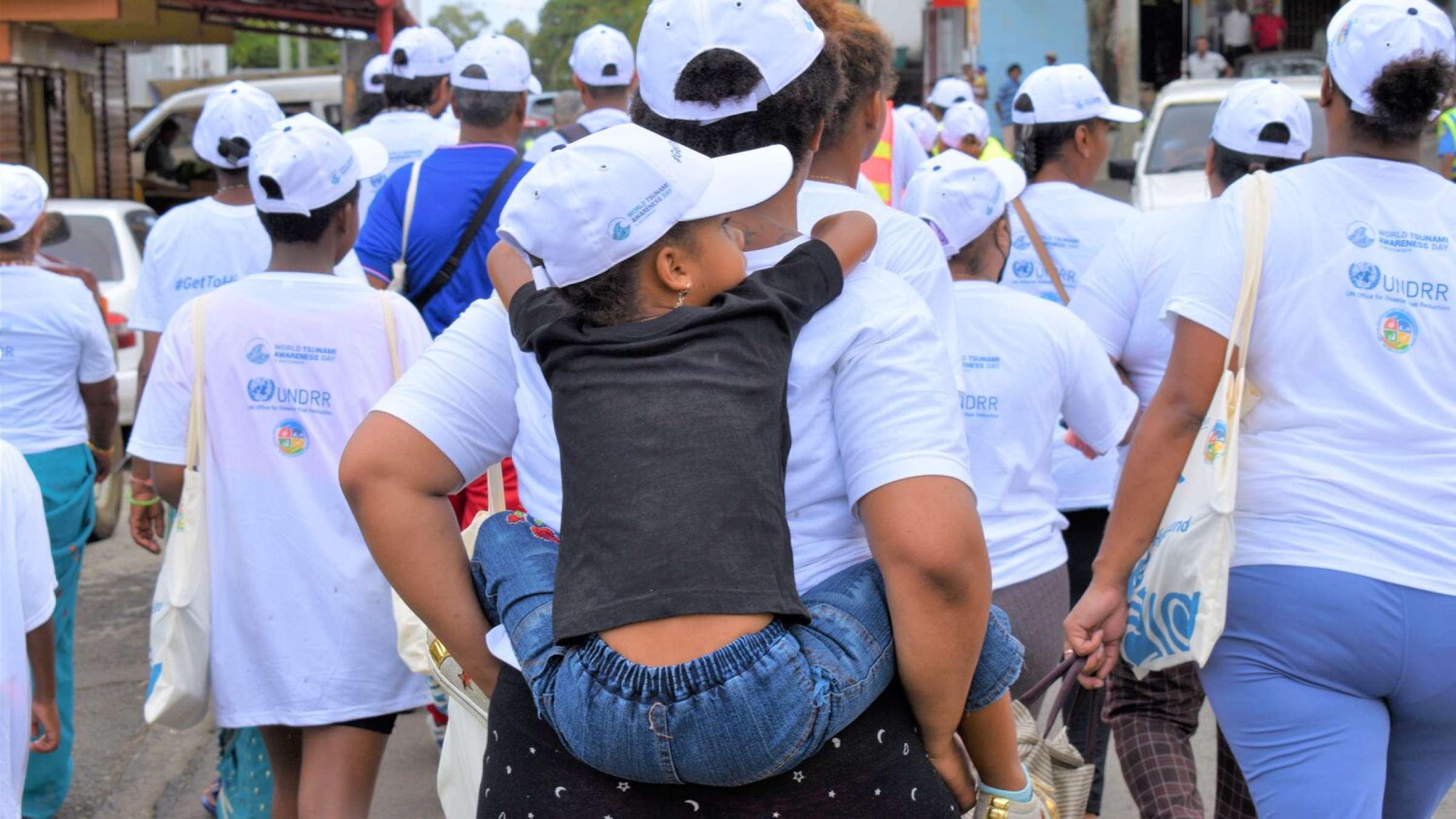
Participate in an event, promote one, or join the conversation
Get involved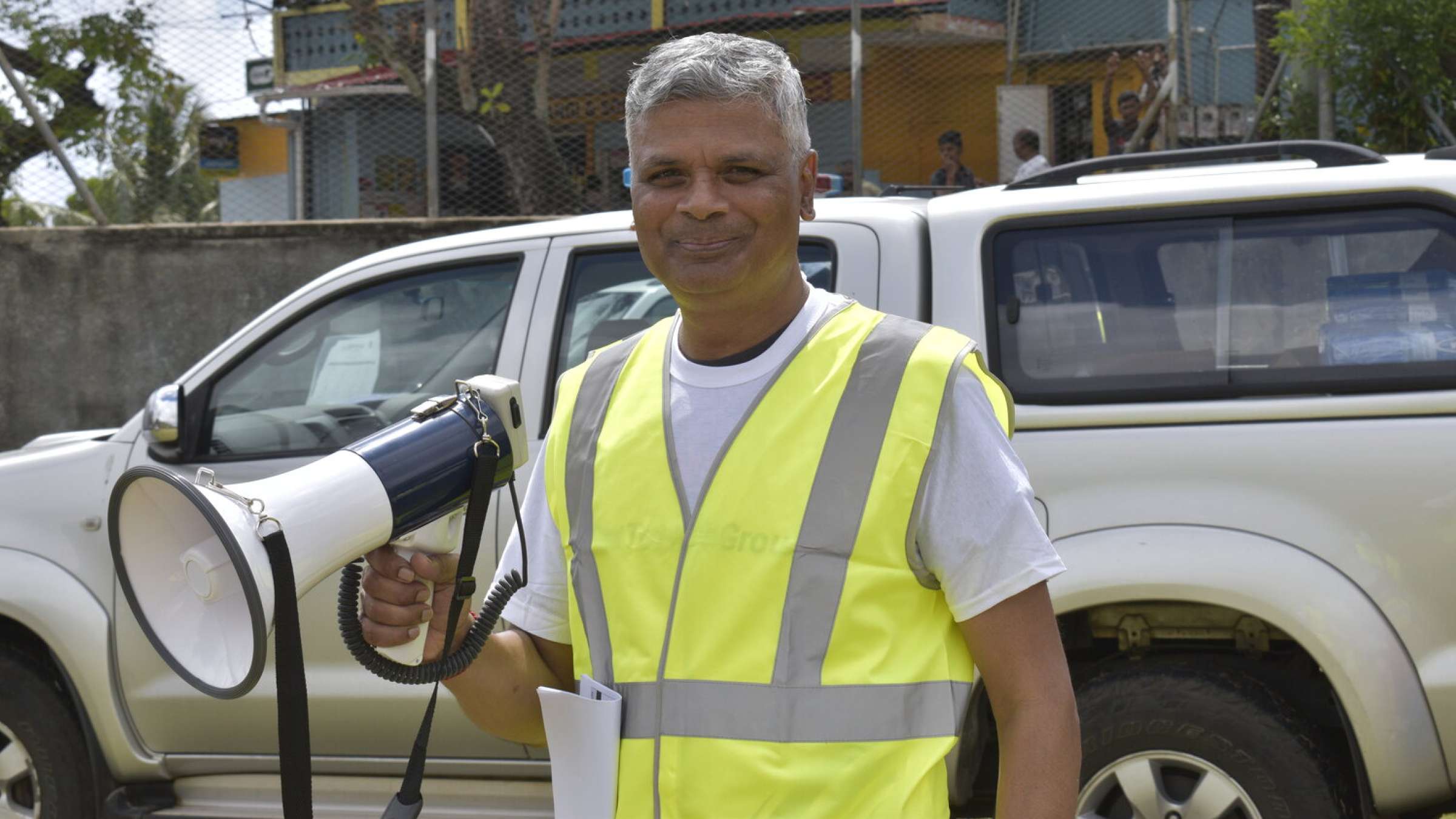
A toolkit to create social media cards on how your country or organization is supporting.
Social media resources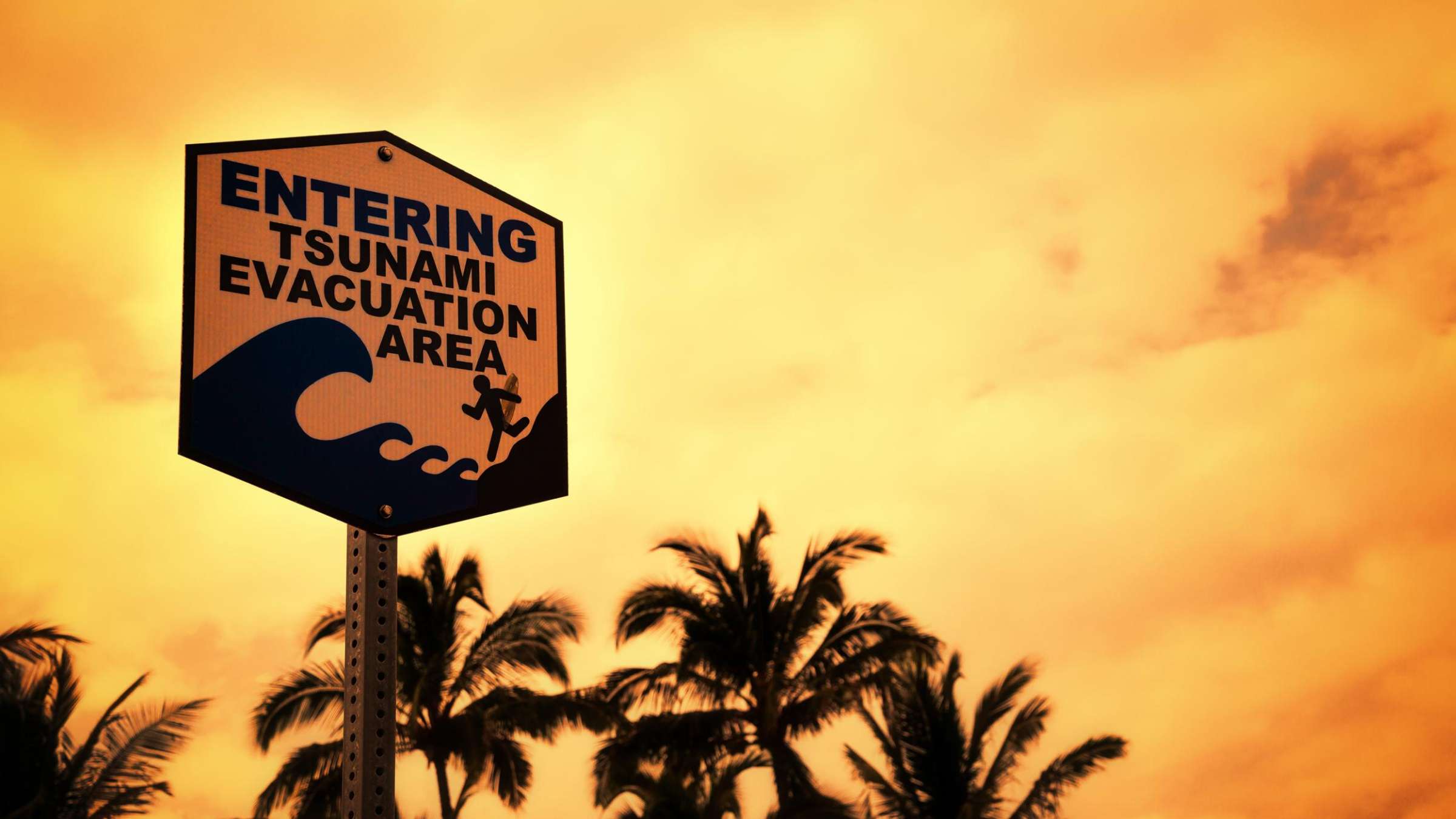
The #GetToHighGround campaign calls for a culture of tsunami and coastal hazards awareness for all people at risk. The campaign also emphasizes the importance of understanding our risk and investing in action that both reduces risk and prepares us for future tsunami and coastal hazard risk reduction.
The #GetToHighGround campaign – activates citizens through participation in a drill, a run, or a walk along tsunami evacuation routes. These activities raise awareness about reducing tsunami risk while helping communities to prepare their own tsunami resilience.
Learn moreThe #GetToHighGround campaign – activates citizens through participation in a drill, a run, or a walk along tsunami evacuation routes. These activities raise awareness about reducing tsunami risk while helping communities to prepare their own tsunami resilience.
News updates
Facts and figures
- Specific populations such as women, children and youth, persons with disabilities and older persons- often confront heightened challenges, both during and after a tsunami.
- Globally, over 700 million people in low-lying coastal areas and Small Island Developing States are exposed to extreme sea-level events, including tsunami (World Health Organization, 2019)
- An early warning system can be effective only when the population is well aware of tsunami risk and knows what to do in case of an emergency. This means ensuring that at-risk populations have equal access to information and evacuation routes (United Nations Educational, Scientific and Cultural Organization, 2022).
- Inequality creates the conditions that lead people to become exposed and vulnerable to disasters, such as tsunamis. The poorest and most at-risk are disproportionately impacted, thus furthering inequality. Reducing vulnerability to disasters includes addressing poverty, exposure and vulnerability.

